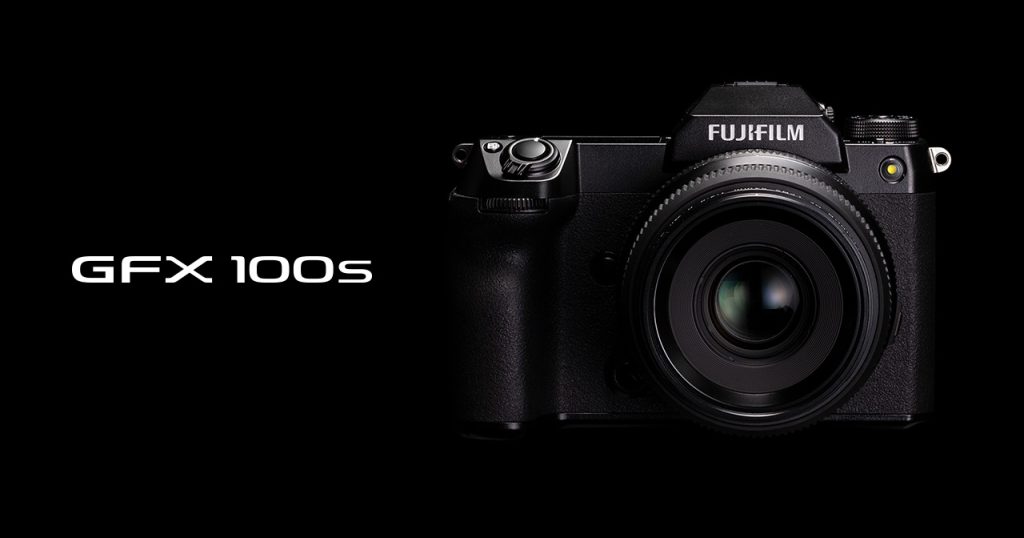Fujifilm has unveiled the GFX100 II, the successor to the original GFX100 camera. While maintaining the same impressive 102-megapixel resolution, the GFX100 II features a new sensor and processor for faster shooting speeds, improved autofocus, full-sensor 4K and 8K video capabilities, and more. In terms of size and price, it is more similar to the GFX100S.
Unlike its predecessor, the GFX100 II separates the camera body and battery grip, resulting in a considerably smaller size. The camera body can be purchased separately, with the grip available for an additional $500. The GFX100 II also boasts a new removable 9.44 million-dot electronic viewfinder (EVF), the highest in the industry. An optional tilt adapter priced at $569 allows for easier low-angle shooting. The rear touch display tilts in various directions but does not flip out.
Equipped with the latest X-Processor borrowed from other Fujifilm cameras, the GFX100 II can shoot at 8fps, a remarkable speed for a medium format sensor camera. It now features subject-detection autofocus with face/eye detection and extends tracking capabilities to animals, birds, vehicles, insects, and drones, both in photos and videos.
The body design resembles the X-H2/X-H2S models, sporting a single mode dial and a large LCD display on top. With 5-axis in-body stabilization offering up to 8-stops of shake reduction, the GFX100 II ensures stable shots. It supports dual cards with a CFexpress Type B and an SD UHS-II slot. Additionally, video can be captured to an external SSD via the USB-C port. Other features include ports for headphones, a microphone, a full-sized HDMI, and an ethernet connection. The camera even supports timecode jamming via Atomos AirGlu BT for video.
For video enthusiasts, the GFX100 II impresses with its ability to shoot nearly 70mm-sized frame footage. It offers 4K at up to 60p, utilizing the full width of the sensor and minimizing rolling shutter effects. There is even an 8K mode available, although with a 1.53 times crop and some upscaling. Anamorphic video shooting is also supported at up to 4.8K.
The camera allows for recording Apple ProRes video in three formats, along with H.264 and ProRes 422 proxy files. The higher-quality codecs require either a CFexpress Type B or USB SSD capture.
Fujifilm is clearly targeting professionals with the GFX100 II’s video capabilities. Waveform and vectorscope overlays are available to assist with exposure adjustments. The camera offers front and rear tally lamps, fractional shutter speeds to avoid flicker, and an optional fan accessory for unlimited 4K/60p recording. It also supports timecode sync and jamming, making it suitable for multi-camera shooting scenarios. Additionally, it enables up to four channels of audio.
Accompanying the camera release, Fujifilm introduced a new lens, the 55mm f/1.7R WR, priced at $2,300 (44mm equivalent in full-frame terms). They also launched two tilt-shift lenses, a 30mm and a 110mm, geared towards architectural and artistic shooting ($4,000 and $3,500, respectively). The GFX100 II is set to be available in early fall of 2023 at a price of $7,500, compared to $6,000 for the GFX100S and $10,000 for the GFX100.
nec ullamcorper mattis, pulvinar dapibus leo.
